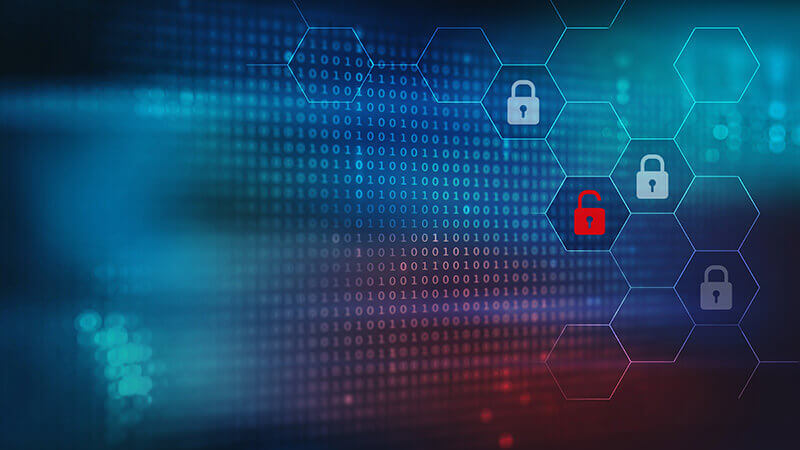The State of Cybersecurity Going Forward to 2023: Threats, Trends, and Solutions
January 6, 2023
As technology continues to advance at an exponential rate, so too do the cyber threats that plague individuals, businesses, and governments around the world. From data breaches to ransomware attacks, the landscape of cybersecurity is constantly shifting, making it more important than ever to stay informed and take steps to protect ourselves and our organizations.
One major trend in cybersecurity is the rise of ransomware attacks, in which hackers hold a victim’s data hostage until a ransom is paid. These attacks have become increasingly common in recent years, with the number of reported incidents more than doubling between 2015 and 2018. Ransomware attacks can have serious consequences, including financial loss and disruption to vital services.
Another trend to be aware of is hackers' growing use of artificial intelligence (AI) and machine learning. These technologies allow attackers to automate their operations and carry out sophisticated attacks at a scale that would be impossible for humans alone. In response, cybersecurity professionals are also turning to AI and machine learning to help defend against these threats.
So what can be done to protect ourselves and our organizations from these and other cybersecurity threats? One solution is to invest in robust security systems and protocols, such as firewalls, antivirus software, and two-factor authentication. It’s also important to educate employees about best practices for security, such as avoiding suspicious emails and links and using strong, unique passwords.
In addition to these preventative measures, it’s also crucial to have a plan in place for responding to a cybersecurity incident. This may include having a cybersecurity insurance policy and establishing incident response teams and procedures.
Overall, the state of cybersecurity is a constantly evolving landscape. Still, by staying informed and taking steps to protect ourselves and our organizations, we can help mitigate the risks and keep our data and systems secure.
In addition to the trends and threats mentioned above, there are a few other important developments to be aware of in the world of cybersecurity.
One is the growing role of the cloud in both storing data and running applications. While the cloud offers many benefits, such as increased efficiency and scalability, it also introduces new security challenges. Ensuring the security of data in the cloud requires a different approach than traditional on-premises data centers, and it’s important for organizations to thoroughly research and vet potential cloud service providers before entrusting them with sensitive data.
Another development to watch is the increasing use of the Internet of Things (IoT), which refers to the interconnected network of physical devices, vehicles, and other objects that are embedded with sensors, software, and network connectivity. While the IoT has the potential to bring many benefits, such as increased efficiency and automation, it also introduces new security vulnerabilities. Hackers have been able to exploit these vulnerabilities to gain access to sensitive data and disrupt services. Ensuring the security of IoT devices and networks is an important concern for both businesses and individuals.
Finally, another trend to be aware of is the increasing sophistication of cybercriminals. In the past, many cyber attacks were carried out by amateur hackers or small, loosely organized groups. However, today’s threats are often the work of well-funded, professional organizations that operate like businesses. These groups may have access to advanced tools and resources and can carry out highly targeted attacks.
In conclusion, cybersecurity is a rapidly evolving field with a wide range of threats and trends to be aware of. From ransomware attacks and the use of AI by hackers to the growth of the cloud and the increasing sophistication of cybercriminals, it’s more important than ever to stay informed and take steps to protect ourselves and our organizations. By investing in robust security systems, educating employees about best practices, and having a plan in place for responding to incidents, we can help mitigate the risks and keep our data and systems secure.
See Also
- 10 Cybersecurity Tips That Might Save Your Life and Your Data
- Cybersecurity Practices to Live By
- The Future of Virtual Reality: Predictions and Possibilities
- ChatGPT: A Revolutionary Chatbot Utilizing the GPT-3 Language Processing Model
- The Metaverse, AR, VR, and Gamefi: The Future of Interactive Technology

